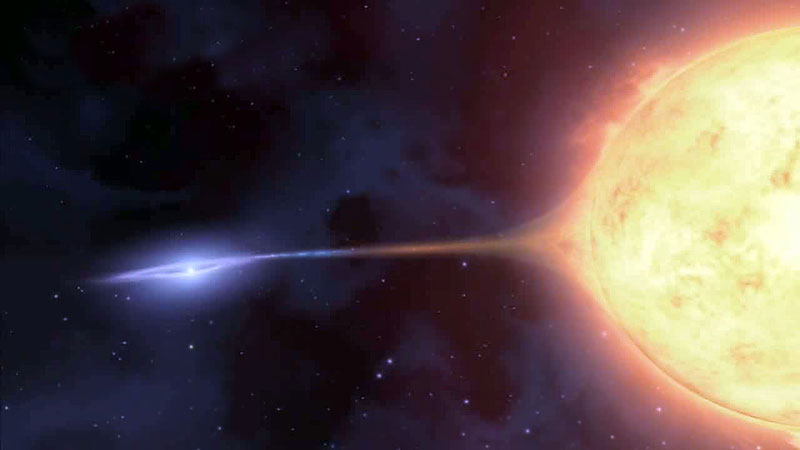

SupernovaeThe most straightforward method for determining the expansion rate of the universe, characterized by the Hubble parameter H, is to measure distances and velocities of far-away objects over a range of distances. Determination of the cosmic distance ladder is a difficult process and control of observtional systematics is critical. In the 1980's, the peak brightness of the light curve of Type Ia supernovae (SNIa) was found to provide a reliable standard candle for exploring the behavior of the expansion in the low-redshift regime (Perlmutter 2003). Using observations of the apparent brightness of a sample of z < 1 SNIa, Riess et al. (1998) and Perlmutter et al. (1999) uncovered direct evidence that the expansion of the universe is accelerating, a result with direct implications for the energy content of the universe. SNIa observations are also being used to constrain the local value of the expansion rate H0 (Freedman et al. 2001; Riess et al. 2004). Supernova surveys include those from the High-Z team (HZT: Schmidt et al. 1998), SCP (Supernova Cosmology Project: Perlmutter et al. 1999), the Sloan Supernova survey (SDSS-II SN survey: Sako et al. 2008)) and the SNLS (SuperNova Legacy Survey: Sullivan et al. 2011).  Image Credit: ESO/M. Kornmesser Artist's conception of a Type Ia supernova. A white dwarf in a binary system (left) draws matter from a companion star until its mass hits a limit which leads to collapse and then explosion. Type Ia supernovae are so bright they can be detected across the observable universe. Each of these stellar flashes releases a very similar amount of energy, providing a valuable ruler for measuring distances.
Contributed by the NASA / LAMBDA Archive Team. |

